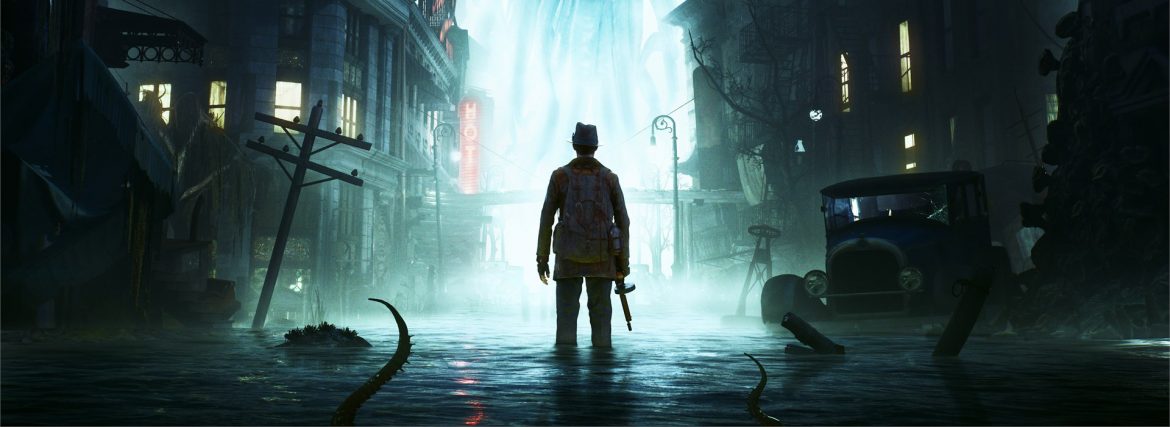TL;DR
Dive into The Sinking City, a detective horror game set in a Lovecraftian 1920s Massachusetts, where you play a private investigator haunted by visions in the eerie city of Oakmont. The game boasts impressive atmosphere, graphics, and a unique deduction system in its "Mind-Palace" for solving cases, plus psychic abilities to aid your investigation. While the deep narrative and engaging side quests offer hours of immersive gameplay, be prepared for an abundance of dialogue, sometimes tedious map navigation, and potentially long load times. If you're looking for a truly atmospheric, story-driven experience with a unique investigative twist, this is worth a closer look. Read on to see if it's the perfect blend of horror and detective work for you!
The American author H.P. Lovecraft, born in 1890, established a distinct subgenre of horror during his short life of 46 years. Works such as Necronomicon and The Call of Cthulhu have inspired countless creators, shaping entire worlds with similar settings and narratives.
In The Sinking City, the player assumes the role of Charles W. Reed, who arrives in the enigmatic city of Oakmont, Massachusetts. Reed seeks answers to the visions that plague him, threatening to overwhelm his sanity. He soon discovers that Oakmont is far from ordinary, and that he may have entered an even more perilous situation than he initially anticipated.
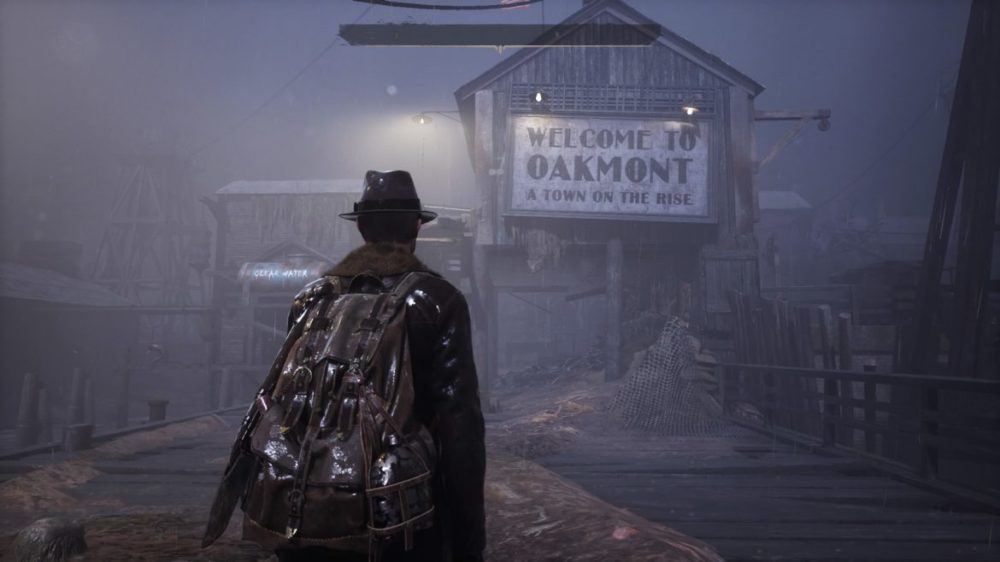
The initial impressions of this game are strong. The environments, atmosphere, and graphics are notably well-realized. The game offers a deeply immersive experience, transporting players to the United States of the 1920s, populated by peculiar individuals and creatures. Players utilize deductive reasoning within the Mind-Palace to assess the veracity of statements made during conversations. Clues can be combined in various configurations, influencing the outcome of investigations. This mechanic presents a unique approach not commonly found in similar titles.
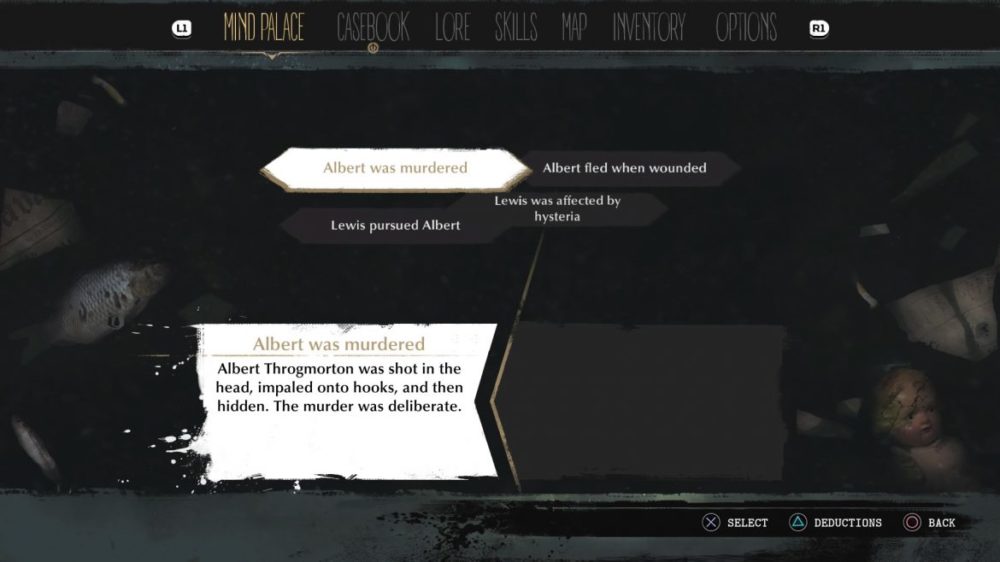
Furthermore, players can employ psychic abilities to locate individuals. This element bears resemblance to The Witcher III, and it integrates effectively into the gameplay.
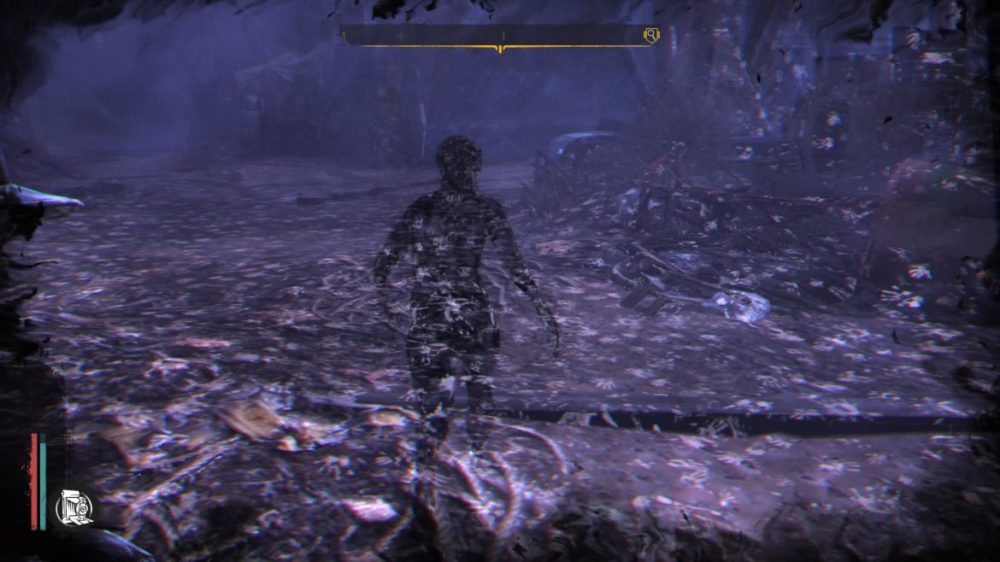
However, upon closer inspection, certain aspects of the game reveal themselves as potential drawbacks. The emphasis on creating a substantial and intricate game appears to have resulted in an overabundance of dialogue. The extensive conversations may lead players to feel impatient and inclined to skip through them.
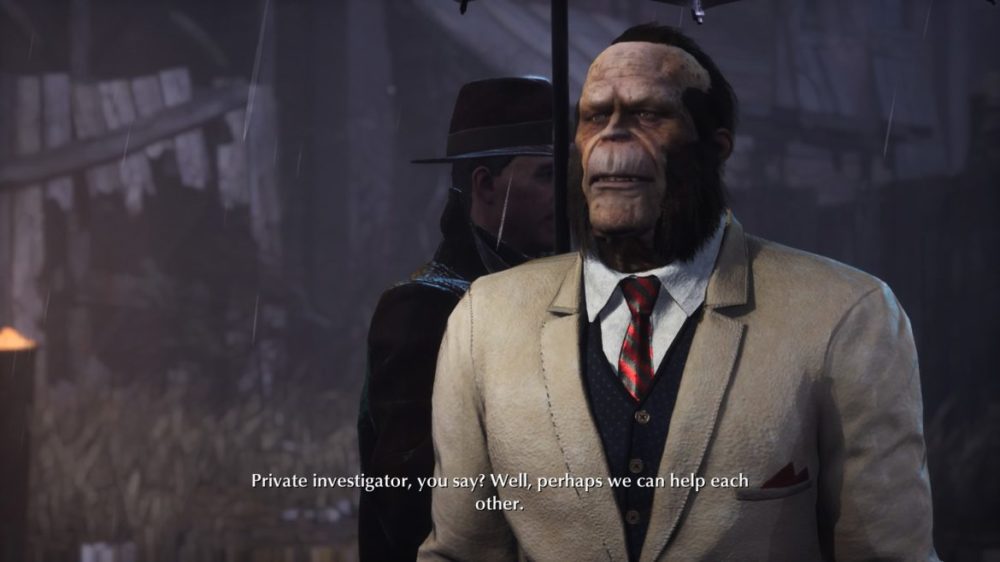
While many games with maps provide clear navigational markers, The Sinking City often requires players to locate destinations based solely on addresses. This approach can be engaging initially, but the repeated scanning of the map to identify intersections can become tedious, creating a desire for a “show-here” function, or at least the option to bypass manual searching.
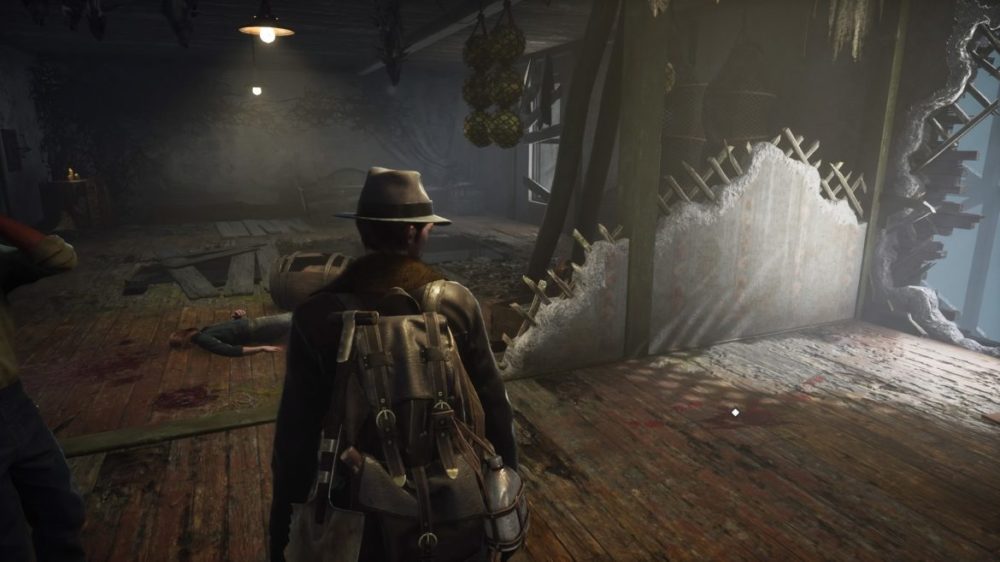
Furthermore, load times on the Playstation 4 used by the editorial team could extend to several minutes. While seemingly minor, prolonged loading screens can disrupt the player’s immersion and eagerness to progress. Consequently, utilizing an SSD with the PS4 may be advisable.
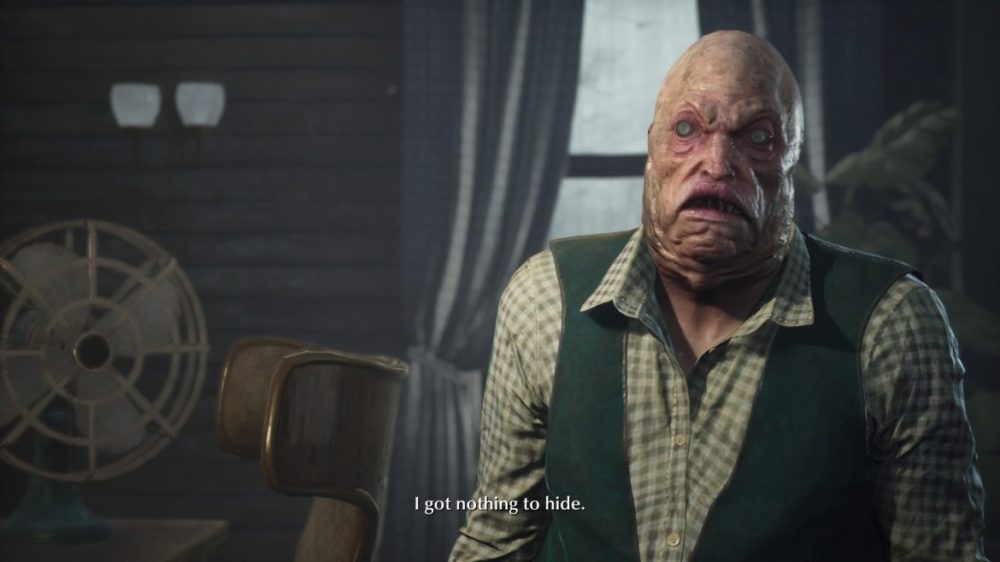
In conclusion, despite certain minor flaws, The Sinking City offers a compelling and well-crafted gaming experience with numerous hours of entertainment. The primary narrative is extensive and complex, and the side quests are engaging and not simple fetch quests. The immersive sound design and music effectively transport players, creating a genuinely unsettling atmosphere, even if not overtly frightening.
